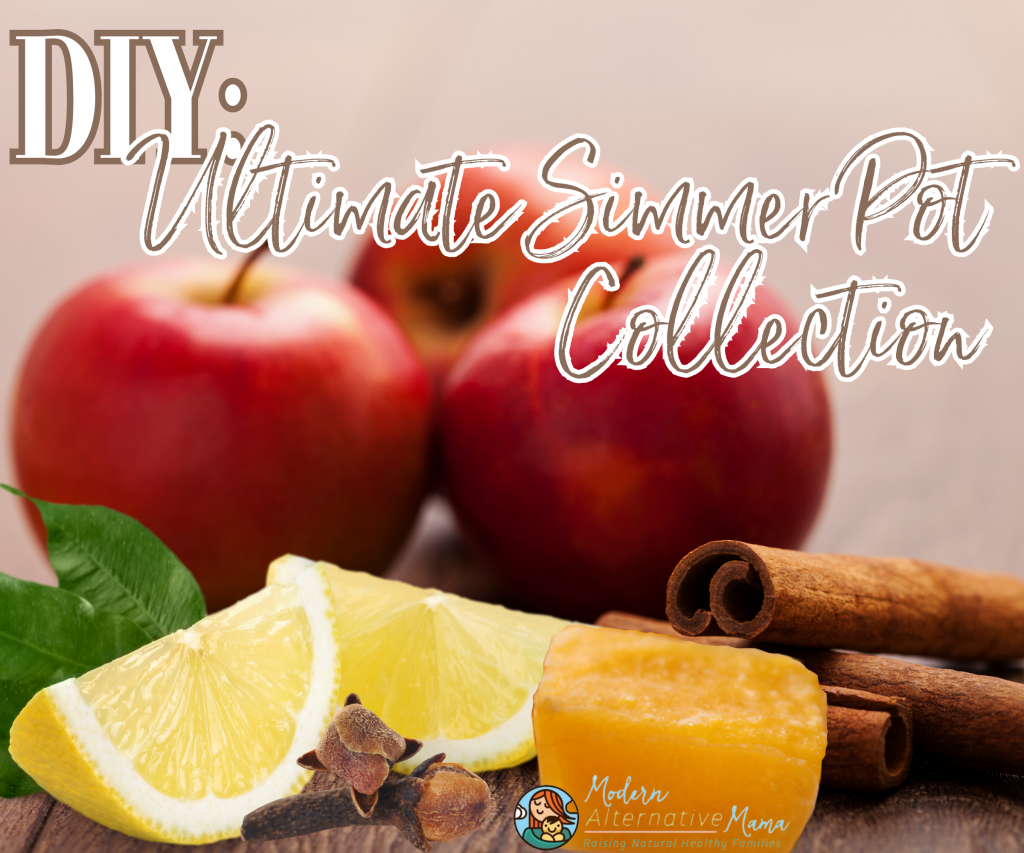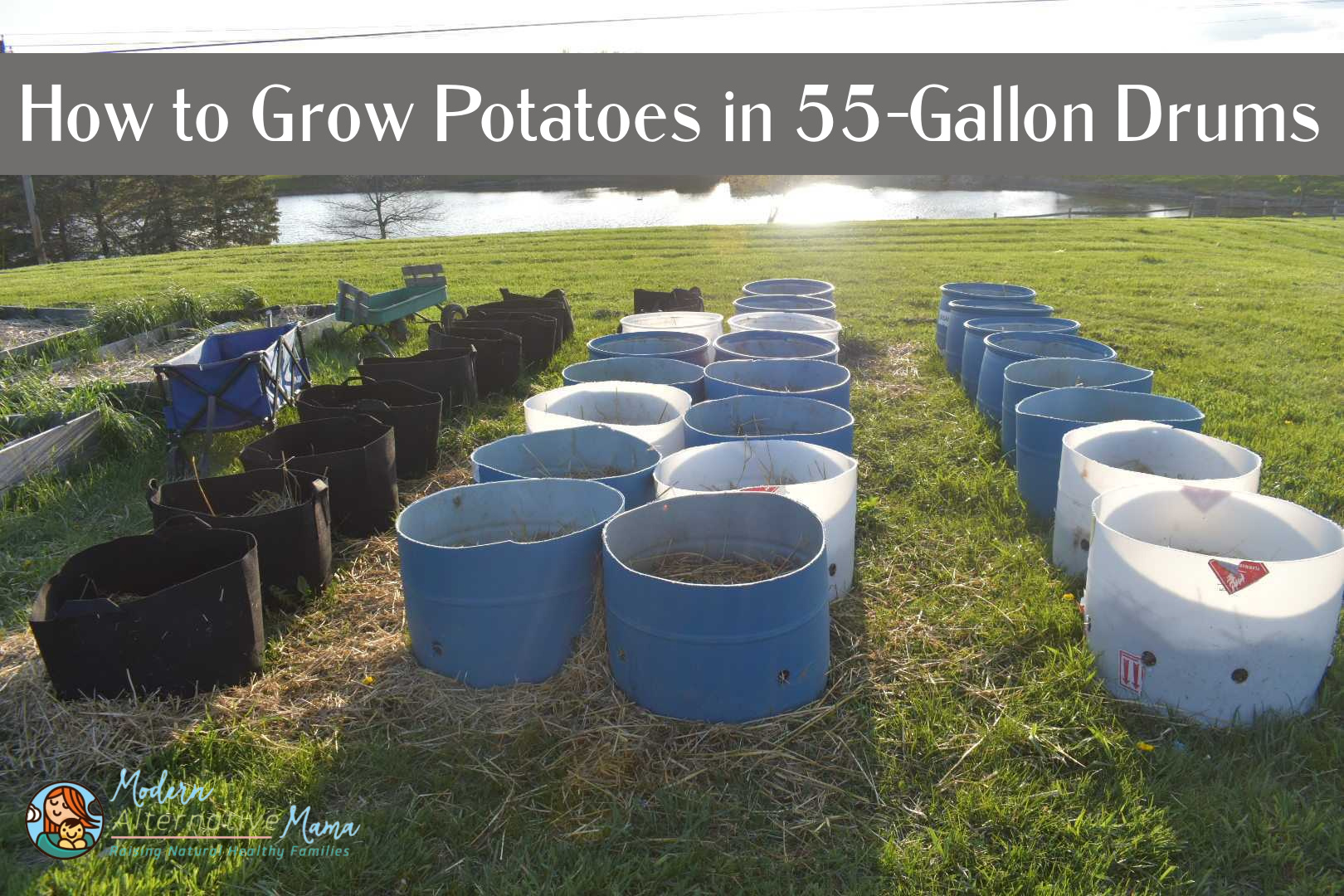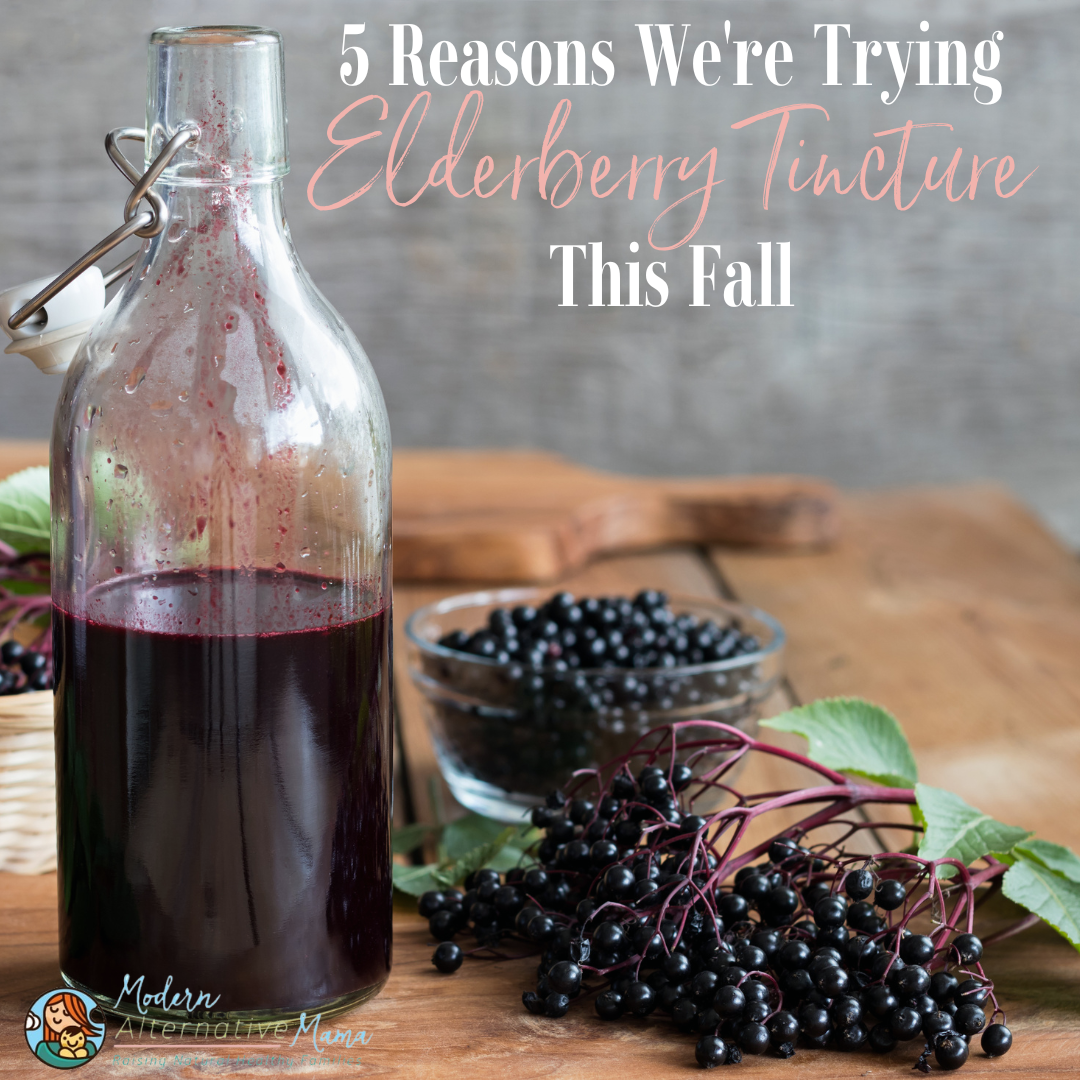Hey mama, let’s talk about something that can make your home smell absolutely divine without the toxic chemicals that come with store-bought air fresheners and candles. I’m talking about simmer pots—a simple, natural, and budget-friendly way to fill your space with wonderful scents while getting a little aromatherapy in the process.
If you’re anything like me, you’re often on the lookout for healthier alternatives to the chemicals we breathe in daily. Mainstream air fresheners, candles, and sprays often have hidden ingredients that can mess with our health, especially when breathing them in all day! The ingredients in those mainstream products can literally negatively affect your respiratory and mental health and disrupt your hormones – we do not need that! But with simmer pots, we’re using the natural goodness of fruits, herbs, and spices, all of which have benefits that go beyond just making your home smell pretty.
Why Simmer Pots are a Game Changer
First off, let me just say how easy and therapeutic it is to put together a simmer pot. You basically throw a bunch of ingredients in a pot with water on the stove and let it simmer (you can also use a slow cooker), and let your home be filled with natural fragrances. Do your kids just eat like 13 oranges and leave the peels sitting on the kitchen table? Simmer pot!!! Not only does it make the house smell amazing, but the essential oils released from the ingredients can have mood-boosting, stress-relieving, or even immune-boosting effects.
By the way, the benefits you get from inhaling the fragrances of herbs, citrus, and spices are the real deal. For example:
- Cinnamon: helps uplift your mood and brings warmth
- Cloves: known for their ability to soothe and calm
- Citrus: energize and refresh you
So, let’s ditch those synthetic fragrances and bring in some good vibes. Here are some simply delightful simmer pot recipe ideas to try-
1. Pumpkin Spice Dream
This is a crowd-pleaser, perfect for those cozy fall days (or whenever you want to feel like it’s fall). If you’re missing that pumpkin spice feeling, this will bring it straight into your home. The only issue is, if someone catches a whiff, they might come looking for pumpkin bread!
Ingredients:
- 1 sliced orange
- 1 sliced apple
- 3 cinnamon sticks
- A dash of ground cinnamon
- 2-3 cloves
- 1-2 star anise
Benefits – The pumpkin spice blend can help elevate your mood, and the citrus from the orange may actually benefit your immune system just from the smells! Remember, all ingredients are optional, and if you want to, you can just use the scraps from fruit your kids already gnawed on and left behind. Just the orange peels and apple cores or skins will still work!
2. Citrus & Herb Bliss
This one is fresh, light, and perfect for cleaning out any stuffiness in the house. If you’re feeling a little meh and need to wake up your senses, this could be your go-to. I like to make this one to motivate me to clean!
Ingredients:
- 1 sliced lemon
- 1 sliced lime
- 3-4 rosemary sprigs
- a handful of mint leaves
- 1 tsp of vanilla extract
Benefits – Lemon and lime are great for refreshing the air and uplifting your energy, while rosemary is known to improve your memory and focus. Mint helps with respiratory issues and wakes up the senses, so this one’s a win-win.
3. Spiced Apple Cider Cozy
Ok, we all know the other best fall smell is apple cider! Especially when it’s thoughtfully spiced. Now you can have that smell anytime you want – and it’s all natural!
Ingredients:
- 1 sliced apple
- 3 cinnamon sticks
- 1 tsp ground nutmeg
- 2-3 whole cloves
- A few slices of ginger or ginger powder
Benefits – The apple and cinnamon combination is warm and inviting, perfect for easing tension. Cloves support healthy digestion, and the ginger scent may support your immune system.
4. Floral Serenity
For when you need to relax and unwind, this floral combination will help create a peaceful environment for you and your little ones.
Ingredients:
- A handful of dried lavender (or fresh if you’ve got it!)
- 1 sliced lemon
- A small handful of rose petals
- 1 sprig of thyme
Benefits – Lavender is well known for its calming effects, perfect for winding down after a busy day. Rose can help soothe the nerves, and thyme has antimicrobial properties to help purify the air.
5. Winter Wonderland
This one’s perfect for those chilly winter days when you want to feel all cozy and snug inside!
Ingredients:
- 1-2 cinnamon sticks
- 3-4 sprigs of fresh pine or fir (I go out and pluck them off a tree in my yard)
- 1 sliced orange
- 1 tsp ground ginger or fresh
- 1-2 star anise
Benefits – The pine brings the outdoors inside, helping you feel grounded and connected to nature. Ginger is great for warming up your body and keeping colds at bay. Plus, the orange adds a nice citrus aroma to lift your mood!
A few tips to make simmer pots extra special:
- Keep the pot filled with water. If the water evaporates, your ingredients can burn.
- Feel free to get creative! You can mix and match ingredients based on what you’ve got in the kitchen.
- Slow cooker friendly. If you don’t want to babysit the pot on the stove, throw everything in a slow cooker on low for a few hours. It’ll work its magic without needing as much attention.
- Reuse the ingredients. After a few hours, you can turn it off and pop the lid on to store it until tomorrow. Some put it in the fridge, but it’s not totally necessary if it’s just until tomorrow.
The best part about simmer pots is that you’re not just filling your home with nice smells but benefiting your body and mind with every breath. So, mama, next time you want to freshen up your space, try one of these natural recipes and enjoy the peaceful, healthy benefits of homemade aromatherapy. You deserve it!
Grab those leftover orange slices and some cinnamon sticks, and start simmering!






